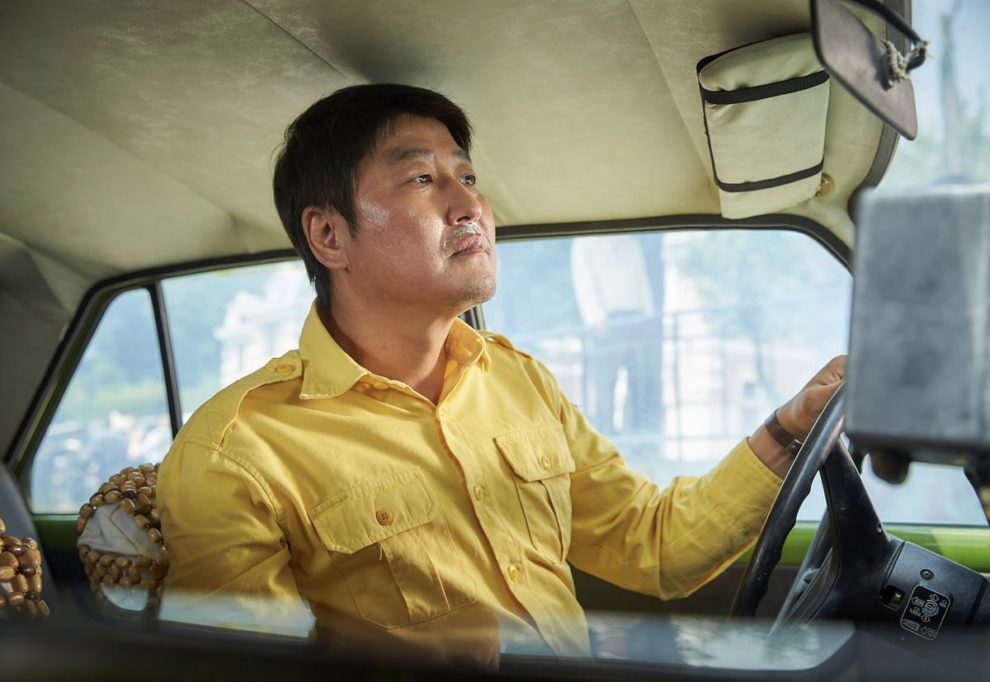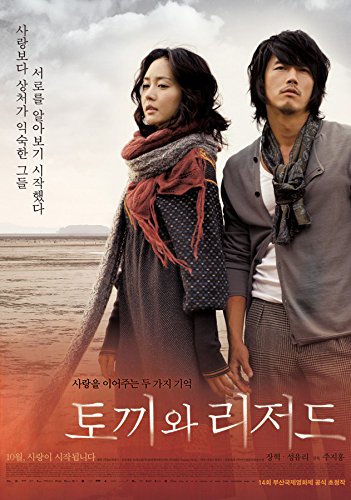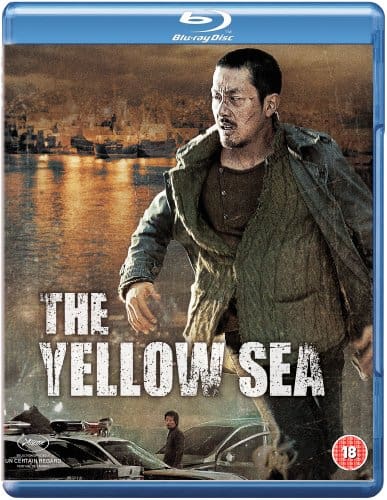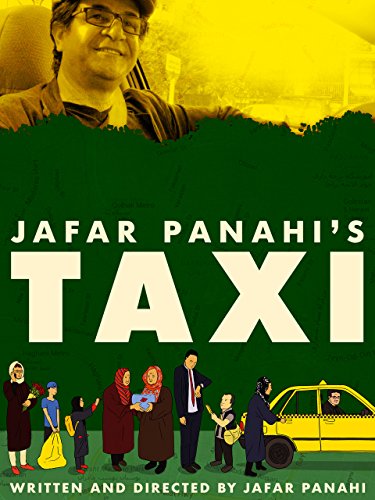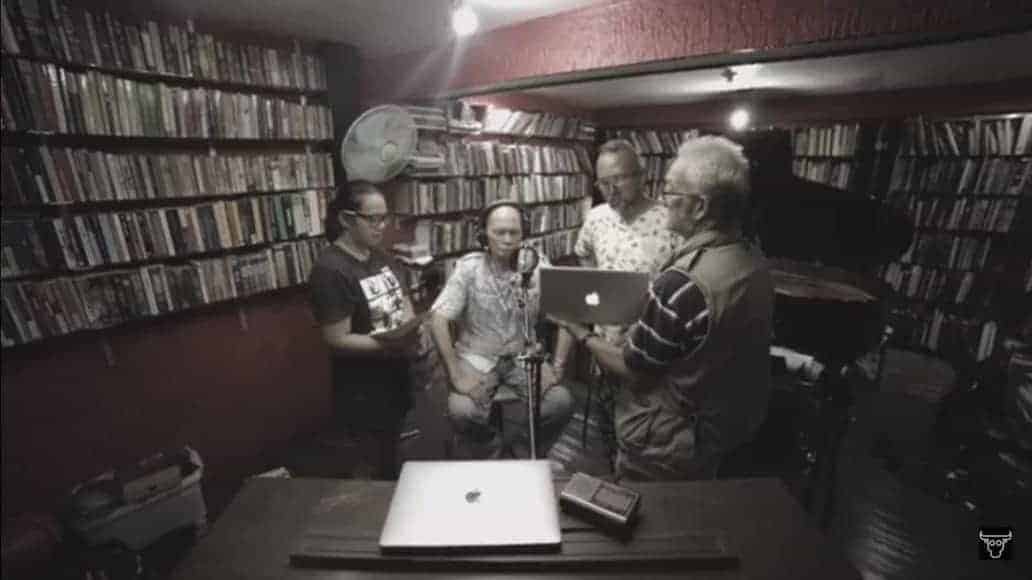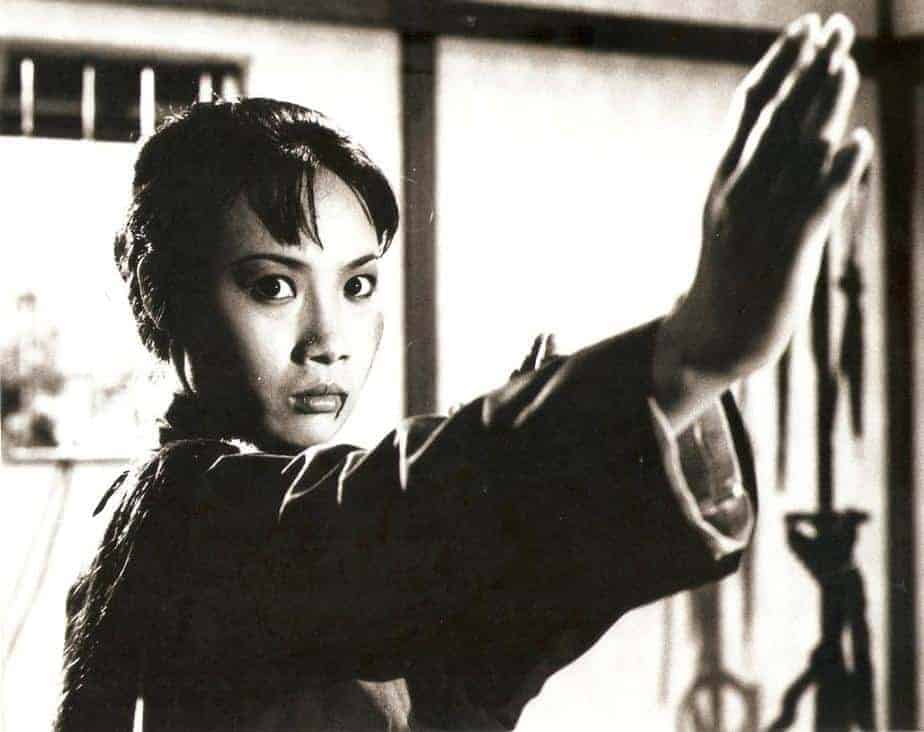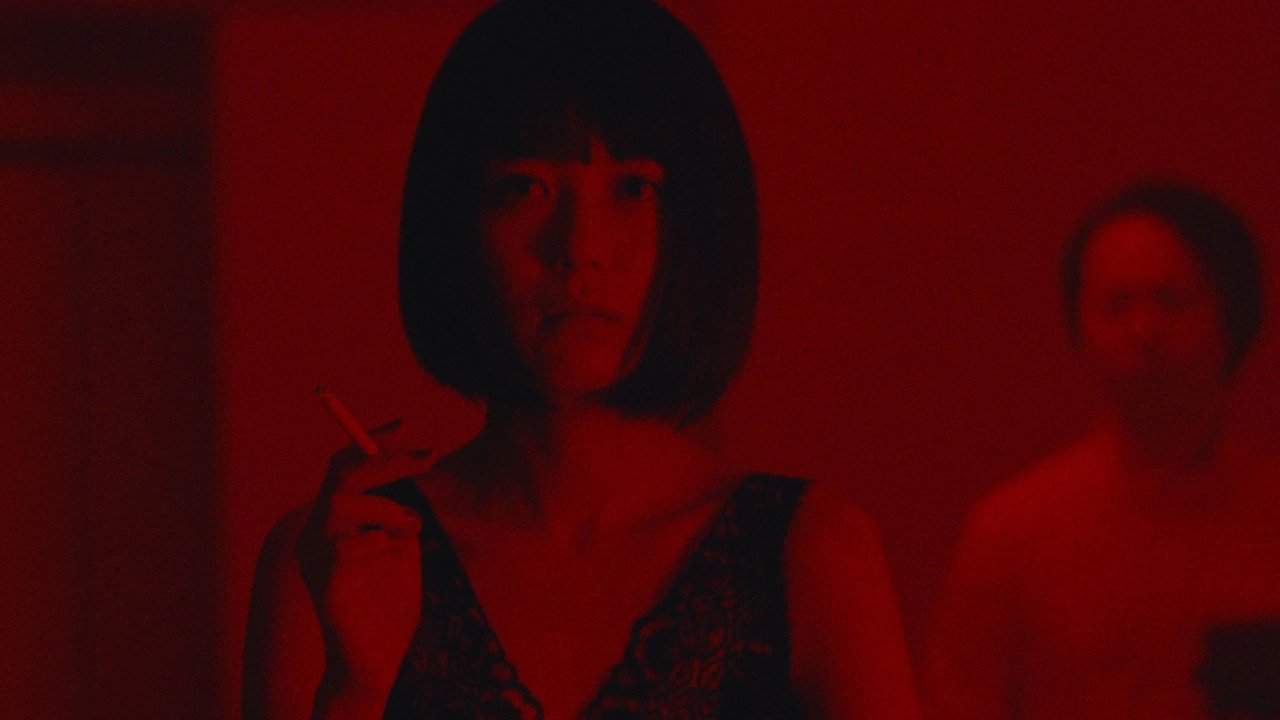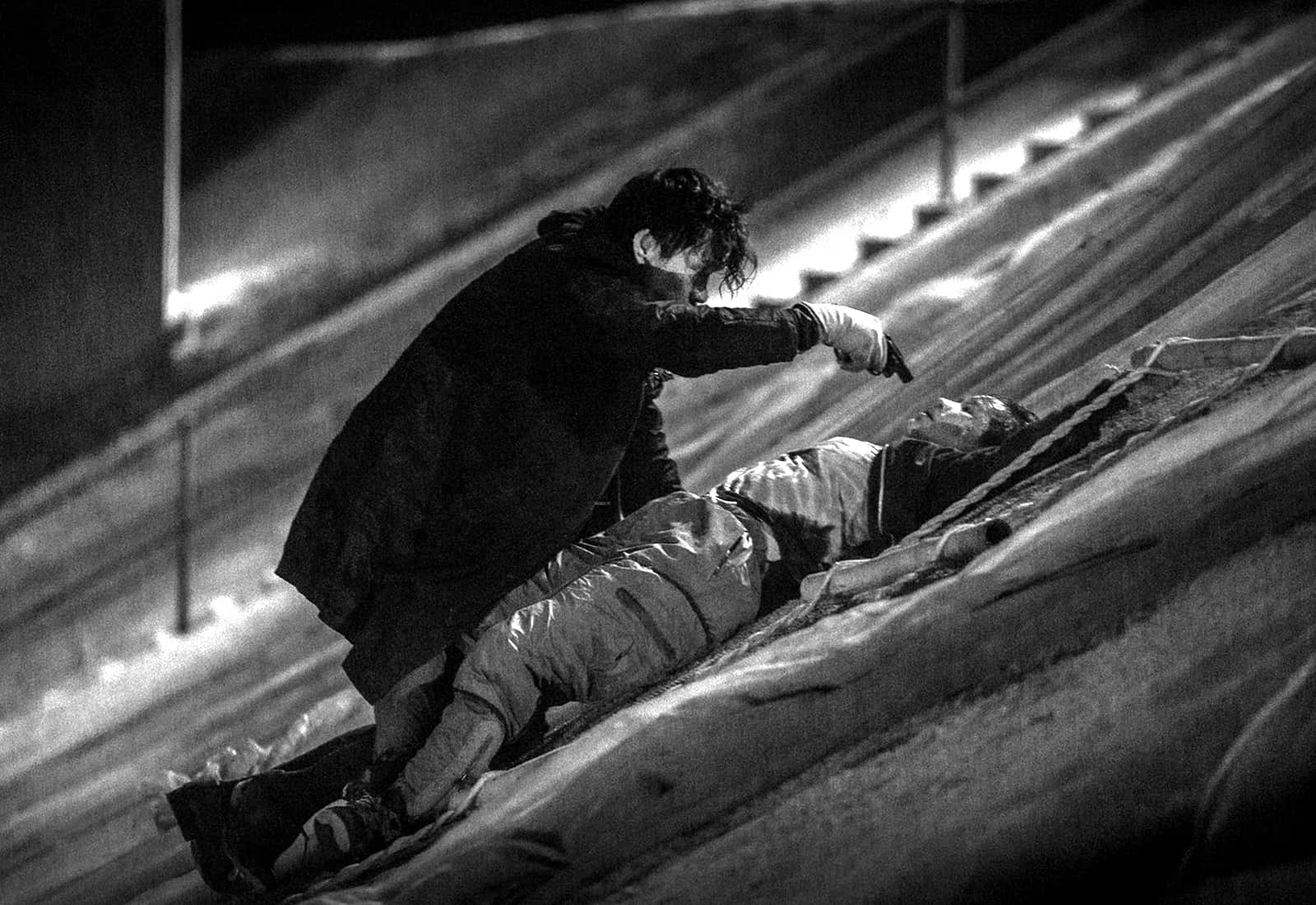Apart from being a constant cause of whining for their tendencies by people all over the world, taxi drivers and their vehicles have always been a source of inspiration for filmmakers, with Scorsese's seminal work still having a significant impact among both viewers and filmmakers. The motif has also been quite frequent in Asian cinema, with quality titles from the whole region stretching as back as the 50s (as far as we know). Interestingly, during the latest years, there has been a surge of Asian movies with the particular theme, probably because the setting of the taxi gave filmmakers an opportunity to shoot even during quarantine measures. Without further ado, here are 15 Asian films about taxi drivers, always with a focus on diversity regarding country of origin and style, in chronological order.
1. Taxi Driver (Chetan Anand,1954, India)
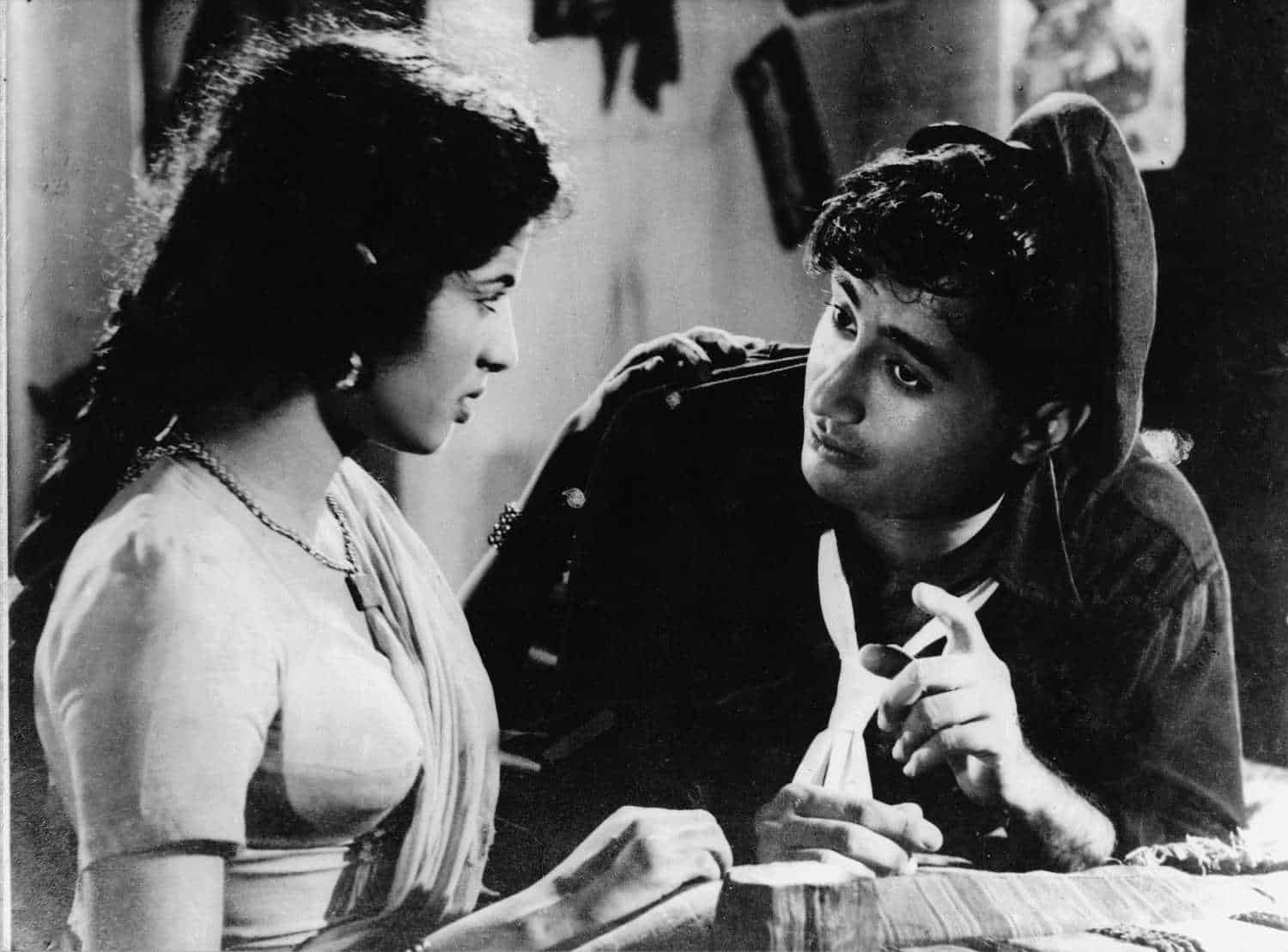
Maybe you won't find “Taxi Driver” on a list of poignant classics of Hindi cinema, but it is definitely worth the attention. It tells a story of Mangal, a cynic guy, who earns a living driving the taxi, and then spends his nights at shady bars attracted by drinks and a seductive dancer Sylvie (played by stunning forgotten star Sheila Ramani). One day he knightly rescues a damsel-in-distress, a girl facing the thrills, dangers and wonders of a big metropolis alone. Combining a love story and Mumbai noir, it gives a portrayal of a city you won't expect in a commercial movie of the time. It also, a rare occurrence in the era, included a footage taken on the streets, not only in the confinement of a studio. Dev Anand, one of the greatest stars of Indian golden era, took the title role. Directed by Chetan Anand (awarded the Grand Prix Prize for his movie “Neecha Nagar” at the very first edition of Cannes Film Festival in 1946), co-written by the director himself and Vijay Anand (who later rose to fame as a director) and produced by Navketan Films studio founded by three brothers, it was a joint-venture project of the Anands clan. Great songs penned by Sahir Ludhianvi and composed by S. D. Burman are the icing on a cake. (Joanna Konczak)
2. Taxi Hunter (Herman Yau, 1993, Hong Kong)

A vigilante thriller that makes you never want to step foot in a Hong Kong taxi! Anthony Wong nails it as his ordinary man descends into violent retribution on the unscrupulous drivers becoming the passenger from hell. Liberal use of violence, dark humour and a relatively sympathetic protagonist make for a superior vehicle that is by the standards of most Anthony Wong/Herman Yau features relatively restrained.
Buy This Title
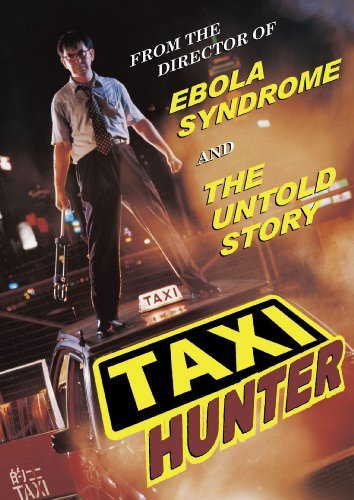
3. Kamikaze Taxi (Masato Harada, 1995, Japan)
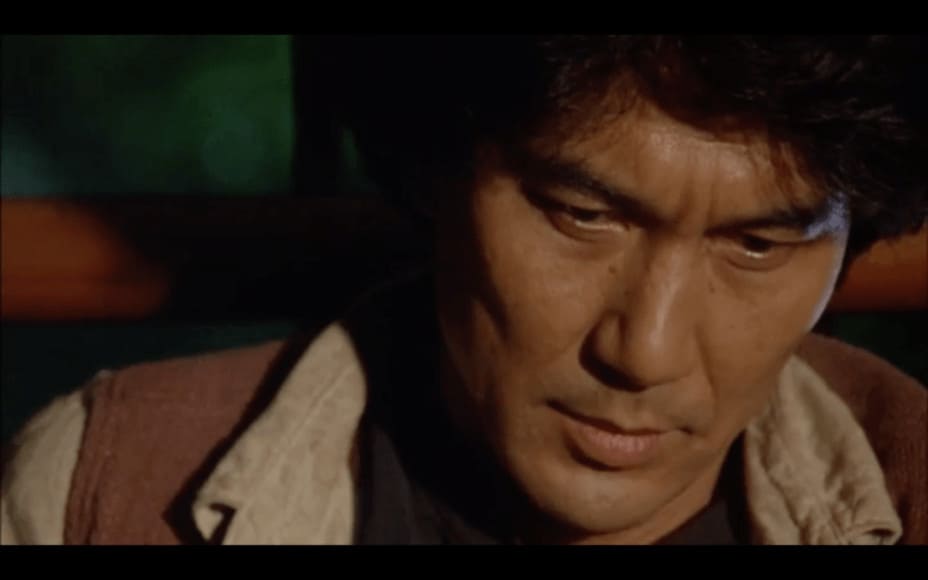
Between the scenes of high energy violence is where the real story is told, which concerns two ostracized men. The conversations they have draw many parallels between the two men whose lives have crossed. Kantake is viewed as a foreigner to most of the Japanese in this film and Tatsuo is an outcast to the Yakuza he once served. The scenes the two men share have a meditative quality, as the two rely on each other to make sense of the strange land and situation they are in. Both men are lost in Japan but find purpose in helping each other. (Matt Ward)
Buy This Title
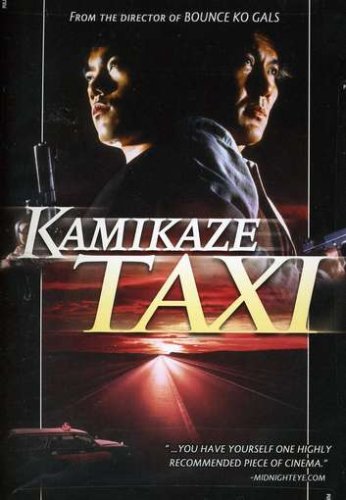
4. Rabbit and Lizard (Joo Ji-hong, 2009, S. Korea)

“Rabbit and Lizard” highlights the fact that the brain can forget the utterly heart-breaking and painful events in order to protect the heart from constant pain. However, the heart may forget the events but never the pain. “Rabbit and Lizard” is a truly hidden gem that is a must-watch for everyone that loves melancholic movies which are not overly dramatic, even though the final scenes and ending may leave you wanting more. (Maria Georgiou)
Buy This Title
5. The Yellow Sea (Na Hong Jin, 2010, S. Korea)
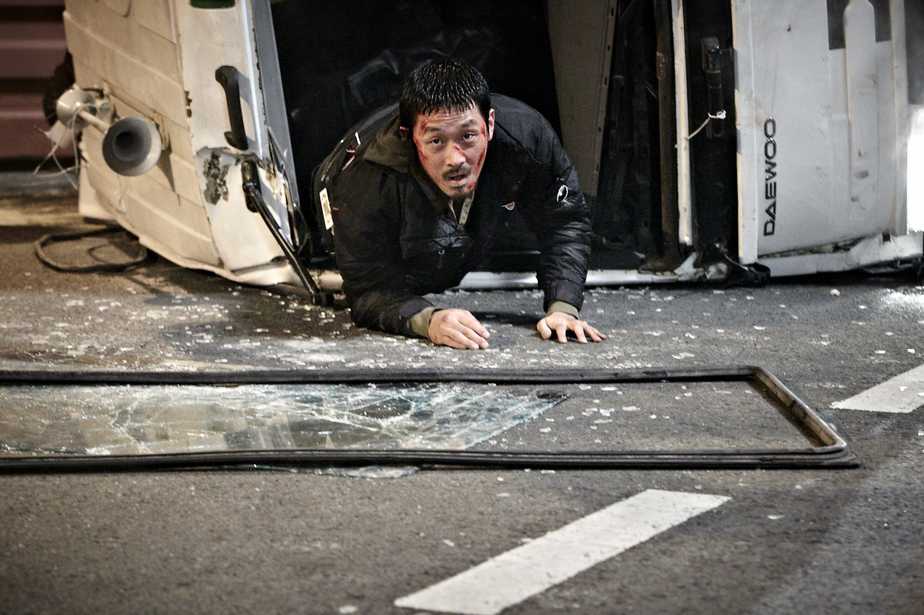
Na Hong-jin maintained most of the elements that made an impression in his debut, by incorporating great characters, desperation and agony, and impressive fighting scenes. The latter benefit the most from the impressive cinematography of Lee Sung-je, which also presents artfully the surroundings in both China and Korea, and the fast editing by Kim Sun-min, which allows the film the retain a very fitting pace, that slows down or speeds up according to the lack or presence of action sequences.
Buy This Title
on Amazon by clicking on the image below
6. Taxi (Jafar Panahi, 2015, Iran)
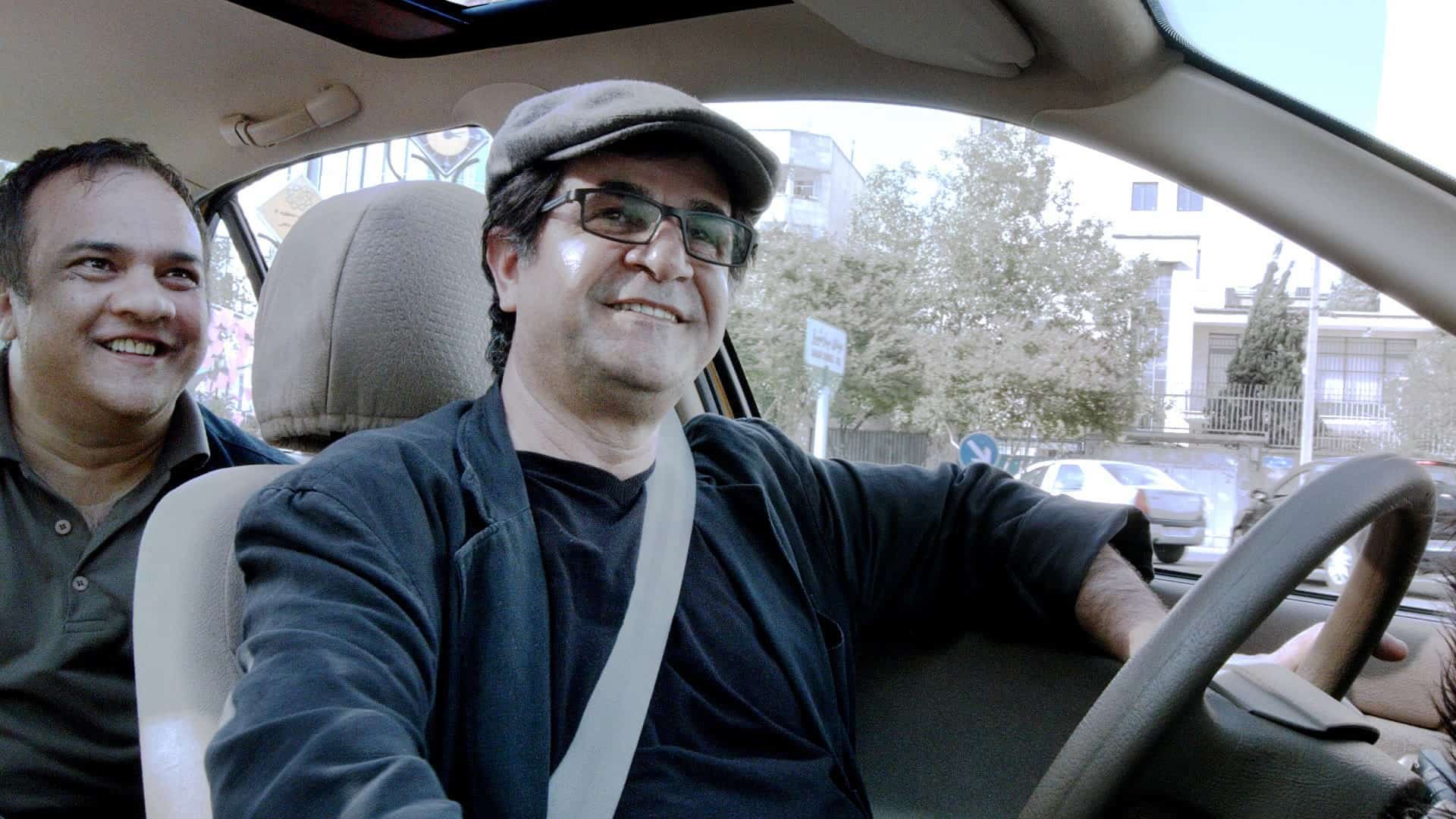
In “Taxi”, his third clandestine film, Iranian director Jafar Panahi operates much more openly than in the two preceding ones. What at first sight seems to be a documentary following Panahi in his new job as taxi driver is actually a carefully constructed narrative. Touching upon the seriousness of his situation, with house arrest and a court ordered ban on filmmaking, he poses essential questions about freedom and the prize one wants to pay for it. The lightness of form and the amusing dialogues and situations make that “Taxi” is at the same time both thought-provoking and a joy to watch, while Pahani's love for film making shines through from start to finish.
Buy This Title
7. Love in Late Autumn (Lim Kah-wai, 2016, Hong Kong)
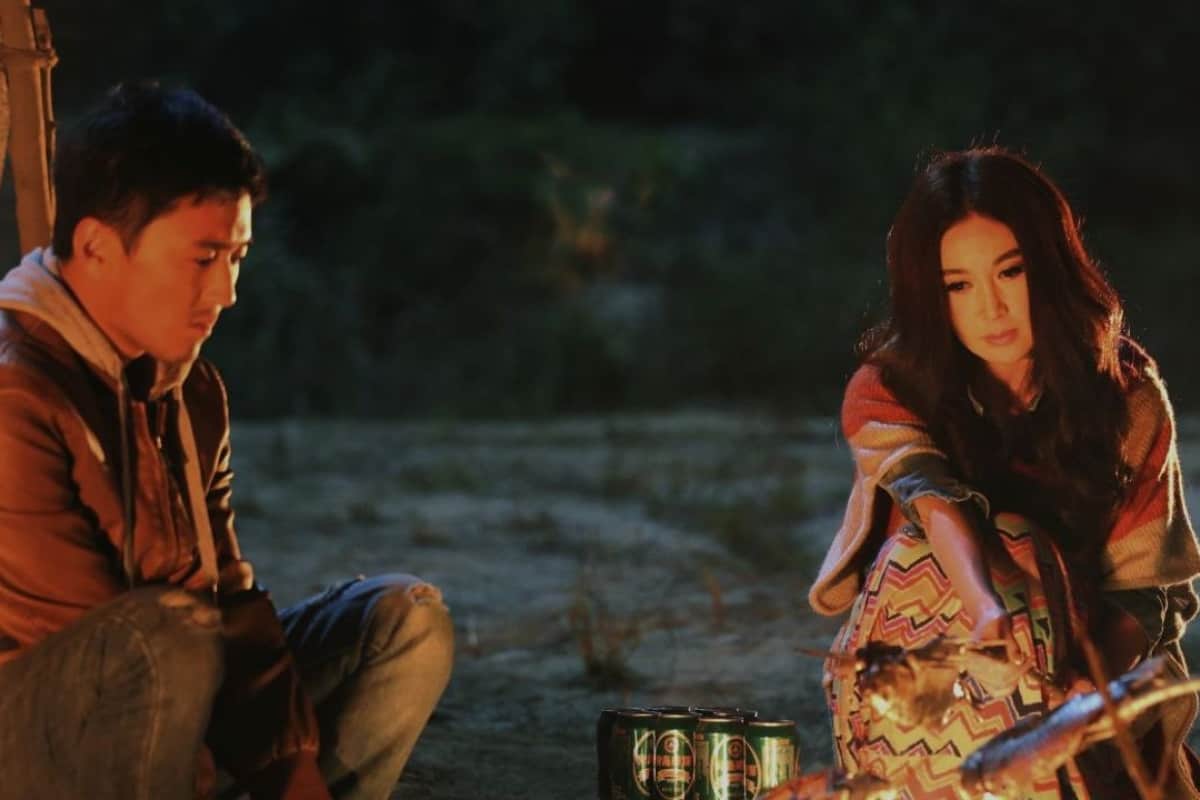
Lim Kah-wai directs a film that is split in two distinct axes. The first one revolves around the declining relationship of two middle-aged individuals, whose jobs and lack of communication has created a number of issues on their relationship, with the film also exploring how different their past was, through a number of flashbacks. The second part follows the “rules” of the road movie, with Wen Menglin and Han Lei experiencing a number of episodes, as they begin to get to know, and in the process, heal each other. (Panos Kotzathanasis)
Buy This Title

8. A Taxi Driver (Jang Hoon, 2016, S. Korea)

Jang Hoon takes a new approach to the subject, through a story that is split in two parts. The first one takes place in Seoul, and has a rather comedic style, as we witness the “adventures” of a poor devil trying to make ends meet, a style in which Song Kang-ho thrives. Some dramatic sequences are still present, through his relationship with his daughter, but are minor. The second part takes place after their arrival in Gwangju, with the film transforming into a rather pointy drama, which occasionally functions as an agonizing action thriller. The simply entertaining moments are not missing from here also, as in the scene in Tae-sool's house, but the drama is the one that dominates this part. (Panos Kotzathanasis)
Buy This Title
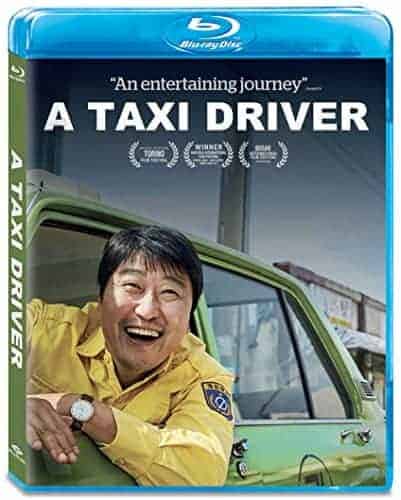
9. The Horny Taxi (Masamichi Kawata, 2017, Japan)
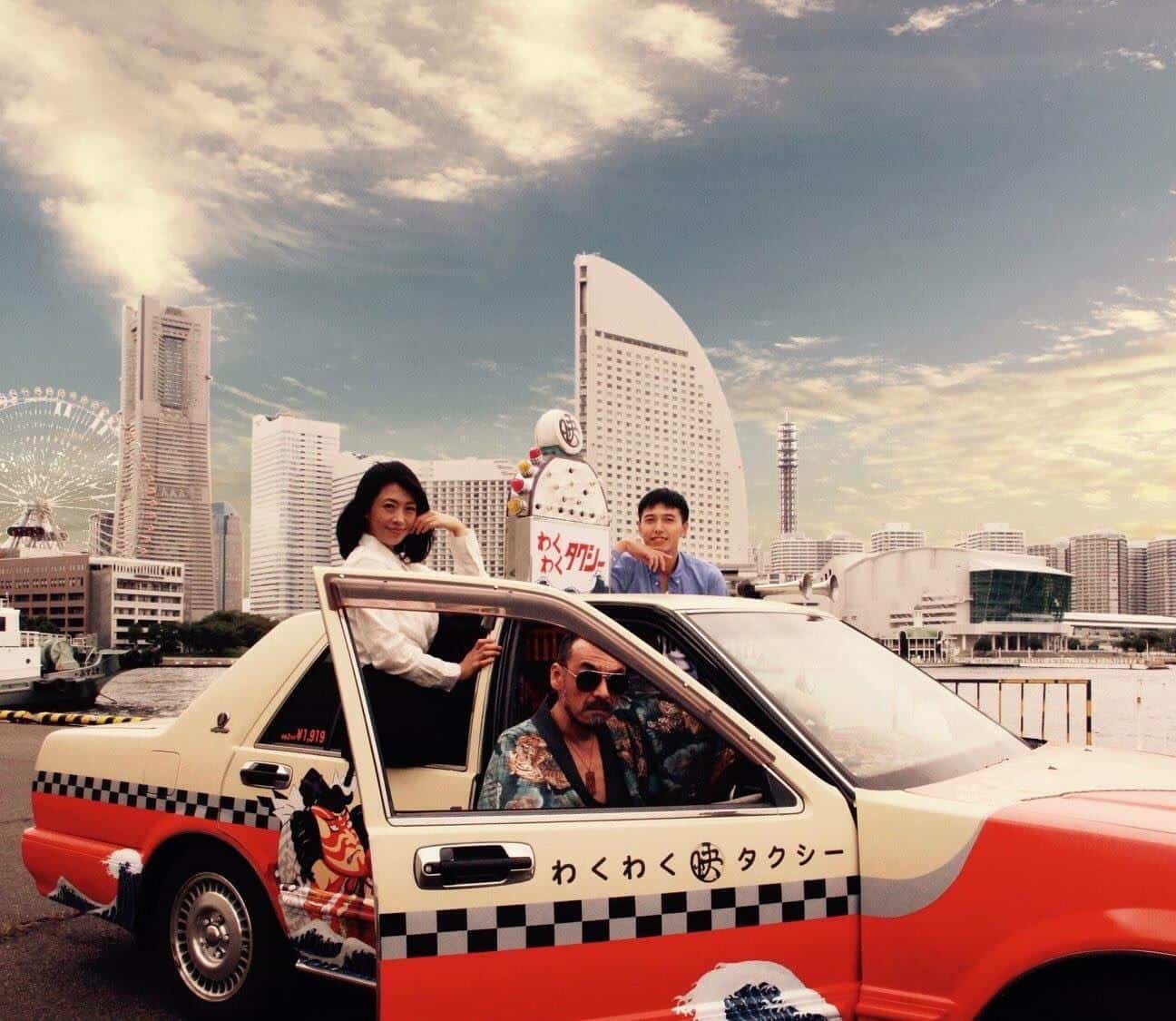
Nothing is as intentionally cheap-looking as the final battle between Taneno and Onari. Taking place on the top of the moving taxi, shot entirely on a green screen, and made to look at least as cheap as something by The Asylum, it is truly funny and a great way to create a memorable fight scene on a tiny budget. As the taxi swerves, the two duke it out doing some pretty funny and ridiculous stunts. By far it is one of the most entertaining sequences in the entire movie. (Martin Kulanov)

10. One Night in Tehran (Farhad Najafi, 2019, Iran)
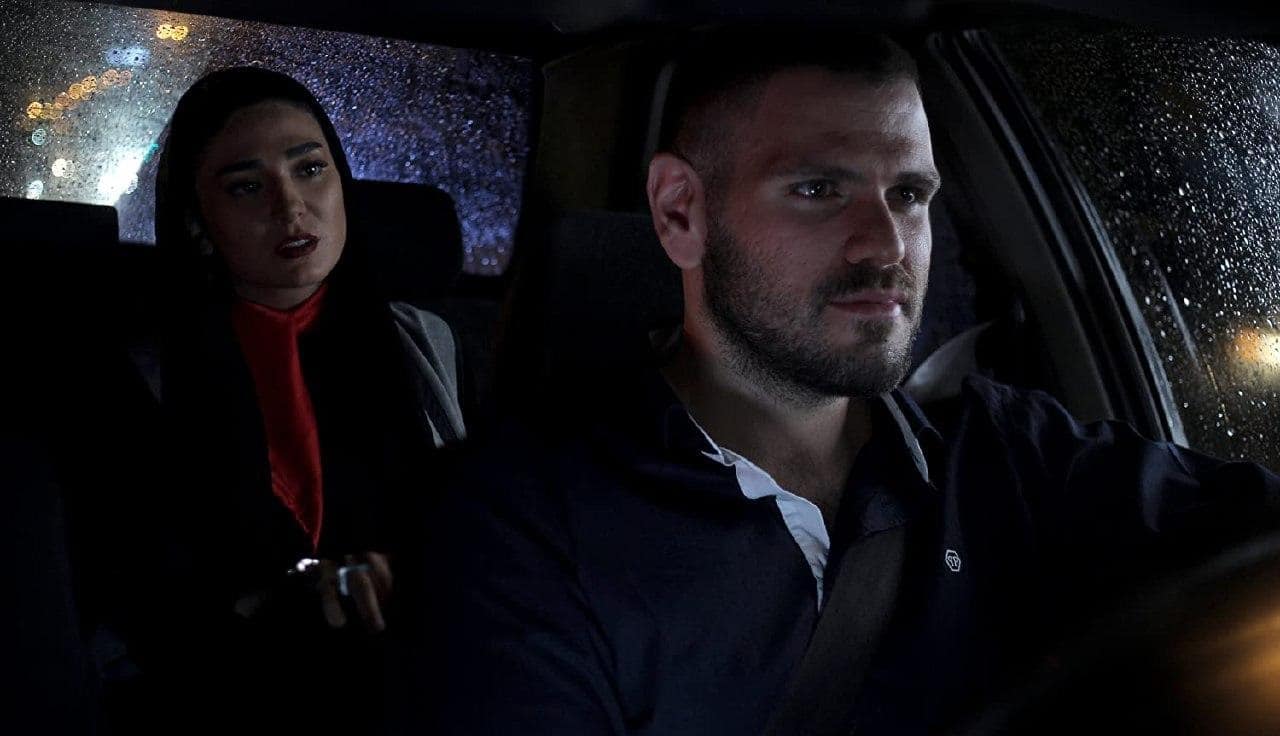
The film begins in intriguing fashion, with the mystery surrounding Leyla's doings and the perplexed annoyance of the driver inducing the narrative with a tension, which soon also begins to implement a number of social comments regarding the place of women in Iranian society. Furthermore, the way the shuttering story unfolds, through both flashbacks and the discussions of the two is well implemented, retaining the mystery and a sense of agony that points towards the thriller, for the majority of the film's duration. (Panos Kotzathanasis)
11. Suk Suk (Ray Yeung, 2019, Hong Kong)
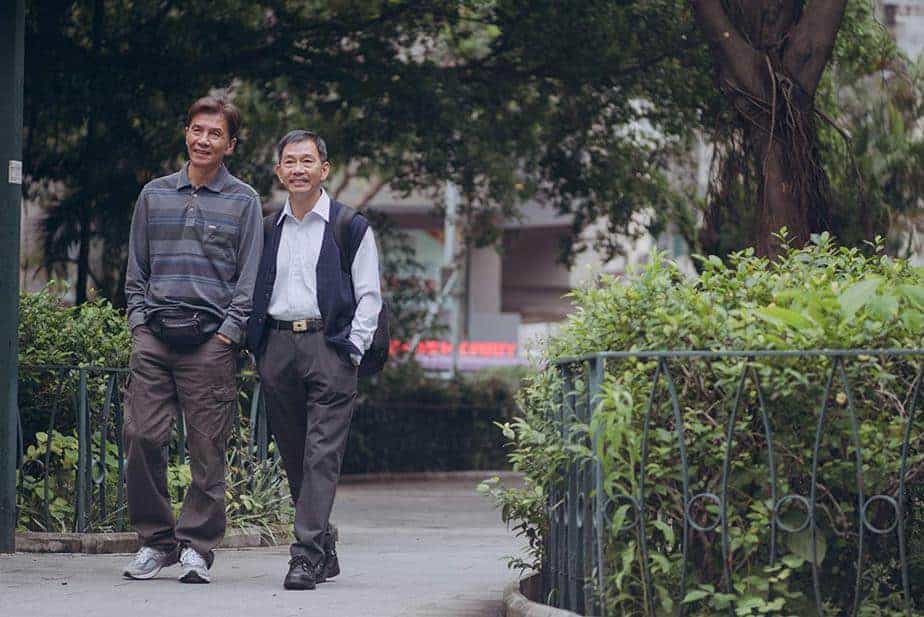
At the same time, Yeung is also interested in the world that surrounds them which at first seems just drab, but, as Pak gets more into the senior gay scene Hoi is already a sort of member of, the viewers are about to see how unjust that world is, especially for the gay men of the previous generations who are being left behind and let down in every aspect of their lives. There is a lot of emotional investment on Yeung's part, but the authenticity is also preserved. (Marko Stojiljković)
12. Coalesce (Jesse Miceli, 2020, Cambodia)
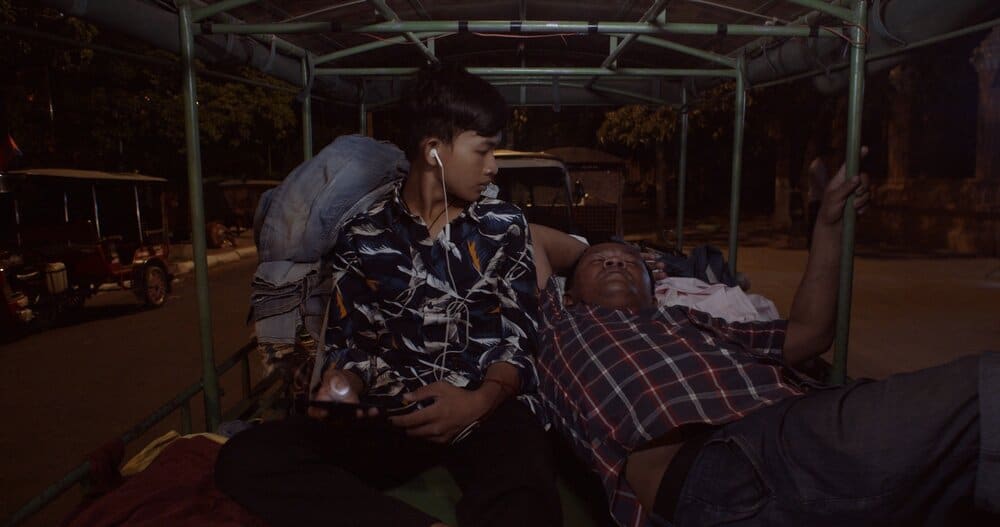
Through the lives of the three and the many episodes that take place in the movie, Miceli also manages to make a number of social comments. The concept of the people who live in the country but move to Pnom Penh to earn a wage and change their lives, mostly through the many Westerners that live in the city, is one of the central ones. The differences between rural and urban life are presented excellently, with Miceli juxtaposing scenes between the two settings, with the fact that most scenes in the city take place at night and most in the village, during the day, highlighting this difference even more. (Panos Kotzathanasis)
13. Night is Young (Kwok Zune, 2020, Hong Kong)

Lively cinematography follows the taxi driver played by Peter Choi. He does a great job performing as the typical big city, working-class character, who believes in the concept of freedom through hard work and wealth. The sudden encounter with the young protester seeds a grain of social consciousness in his mind, whose ultimate outcome is not fully shown by the director. The open end stays true to the ambiguous story that “Night is Young” offers to its audience. Both sides are part of the plot. Upper- and underclass. Wealth and poverty. The cab is a neutral room in which everyone is treated equally. So to speak, the cab may also be a kind of metaphor about a classless society. (Alexander Knoth)
14. Nasib (Sharofat Arabova, 2021, Tajikistan)

Arabova directs a film that focuses on three axes. The first one deals with the financial issues the pandemic created, with many people losing their jobs or finding their income decreasing significantly. That Tahmina's family used to be quite rich, having a maid, driving a luxurious car, and living in an impressively decorated house becomes evident from the beginning, as much as the fact that they are no longer wealthy. This aspect also comments on the situation of the grown ups in the story, but it is here, through the difference between the ways women and men deal with the crisis, that the second, and rather pointy comment is presented. Both Tahminai and Dilnoz's mother try to adapt to the situation and find alternative ways to earn money and support their family, while their husbands turn into fundamentalism and alcoholism respectively, essentially becoming not only useless, but part of the problem. This aspect seems as a rather harsh critique towards the whole male sex, and a praising towards the female, in an approach that borders on being militant. (Panos Kotzathanasis)
15. Hail, Driver (Muzzamer Rahman, 2021, Malaysia)
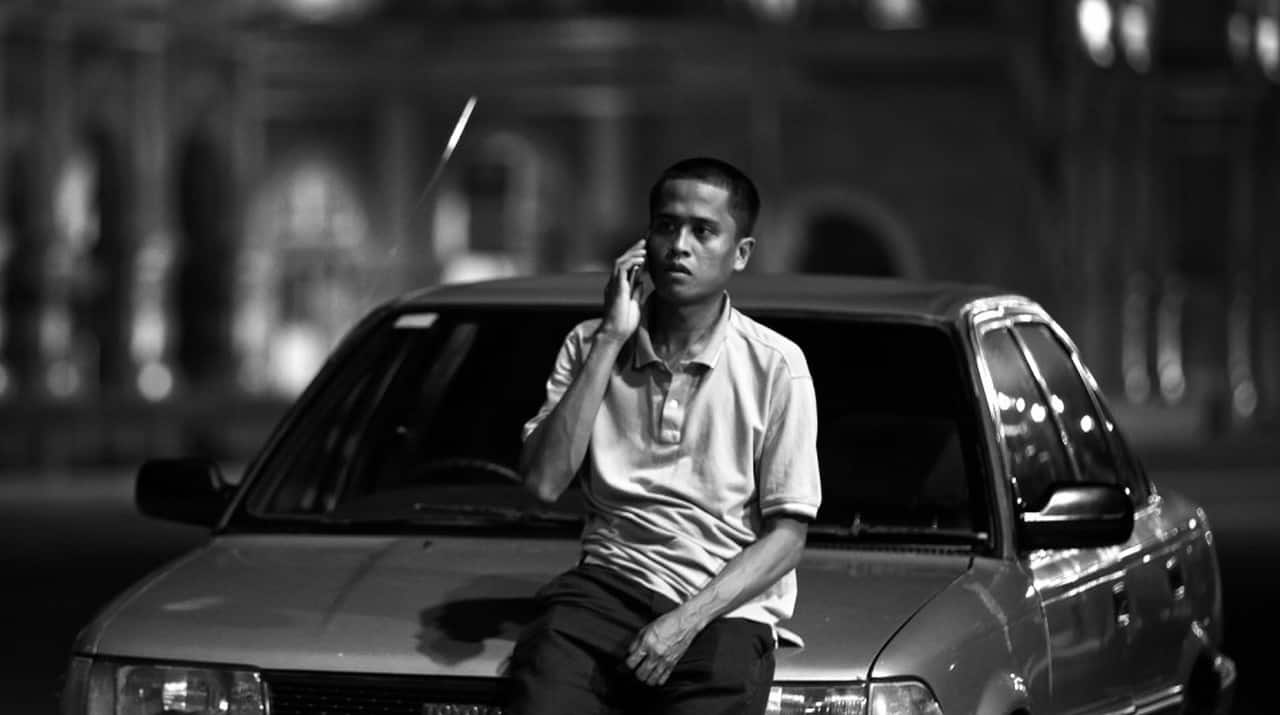
Ever since the portrayal of the cab driver in Martin Scorsese's “Taxi Driver” by Robert DeNiro, the taxi has become a symbol for the kind of separation and loneliness within the urban landscape. While Amerul Affendi's Amman is nothing like the Vietnam veteran in that film, Travis Bickle and his character, nevertheless, share a similar sense of being lost. The encounter with Bella may be romanticized in many ways in Rahman's script, but their experience of having lost touch with their dreams they once had when arriving in the city is quite sobering and brings a sense of realism to “Hail, Driver!”. The black-and-white imagery by cinematographers Fairuz Ismael and Hafiz Rashidhighlights this paradox of the city, the picture of something beautiful, and yet unreachable. (Rouven Lin)


